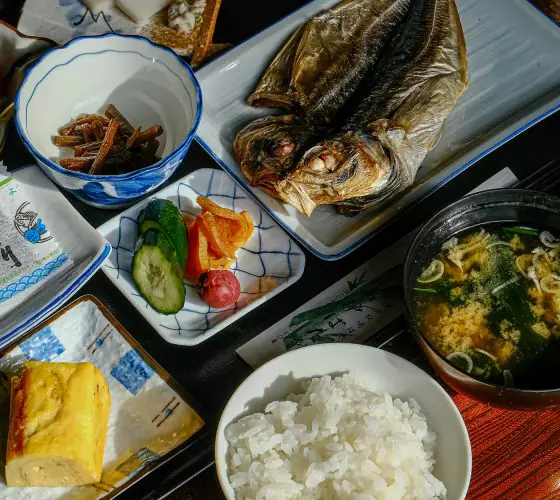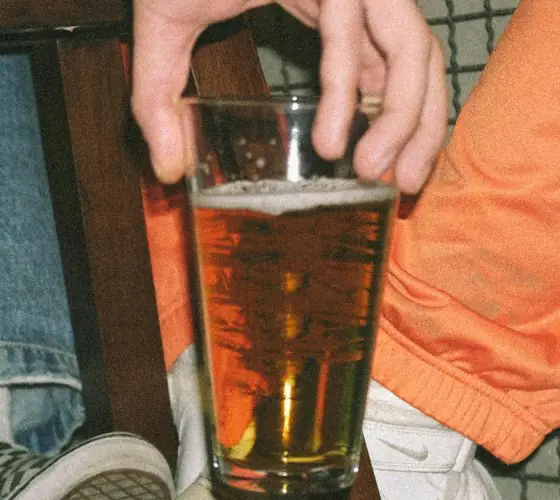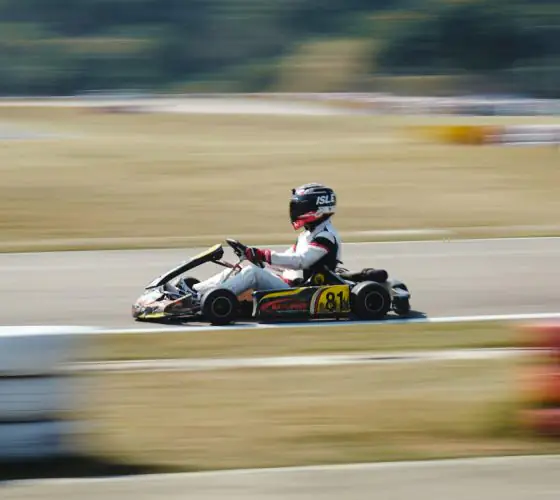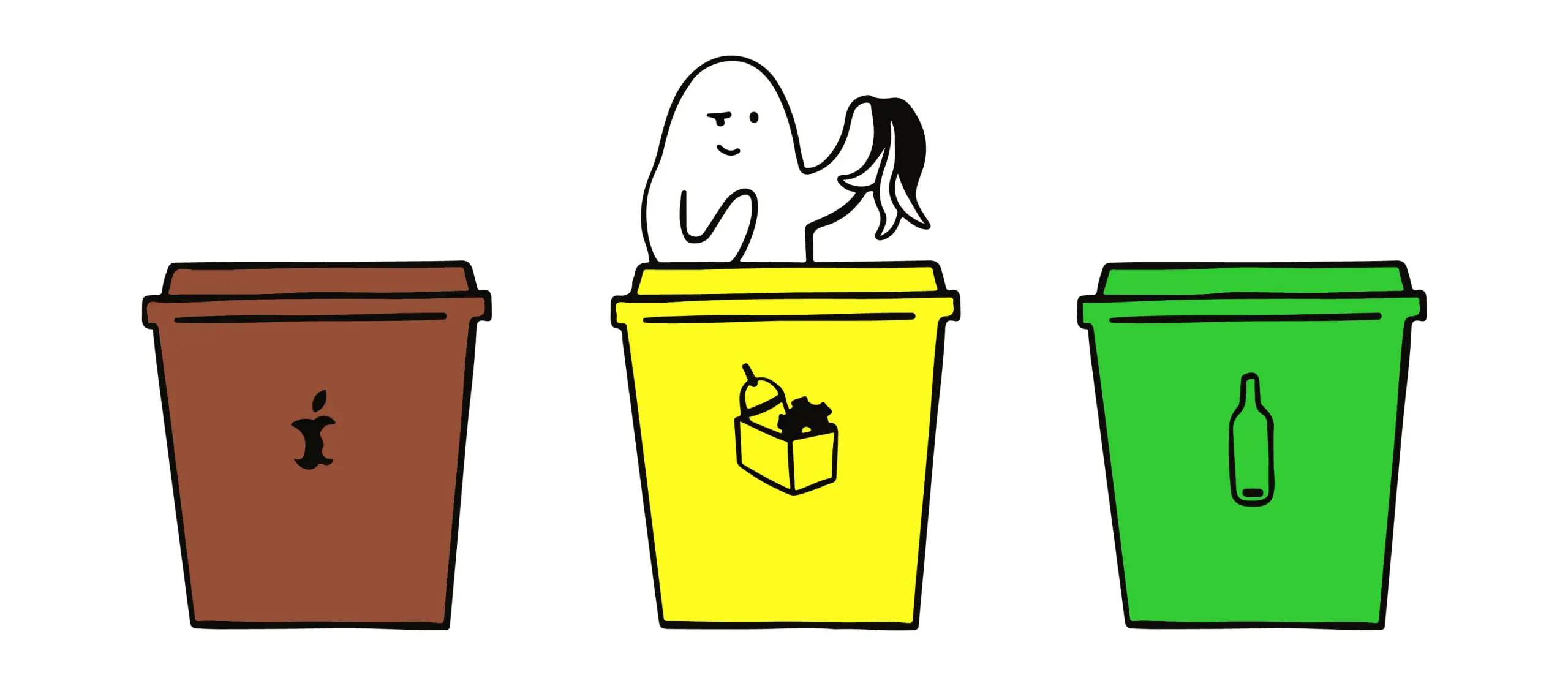
The separate waste collection system in Latvia involves the division of all waste into categories. The main ones are the following three:
- Bio-waste: food residue, garden waste. Such waste is sorted into the brown bins.
- Plastic, cardboard and metal: plastic bottles, aluminium cans, metal packaging, newspapers, magazines, plastic packages. All this waste is sorted in the yellow bins.
- Glass: bottles, jars. There are green containers for this.
Bio-waste
Bio-waste is important because, if handled correctly, it gets recycled into useful resources: electricity, heat and compost. And in the case of Getlini, it even becomes the main resource for growing vegetables.
As of 2024, the sorting of bio-waste became mandatory for all residents of Latvia. But in order for this process to be effective, it is important to understand some rules for handling bio-waste.
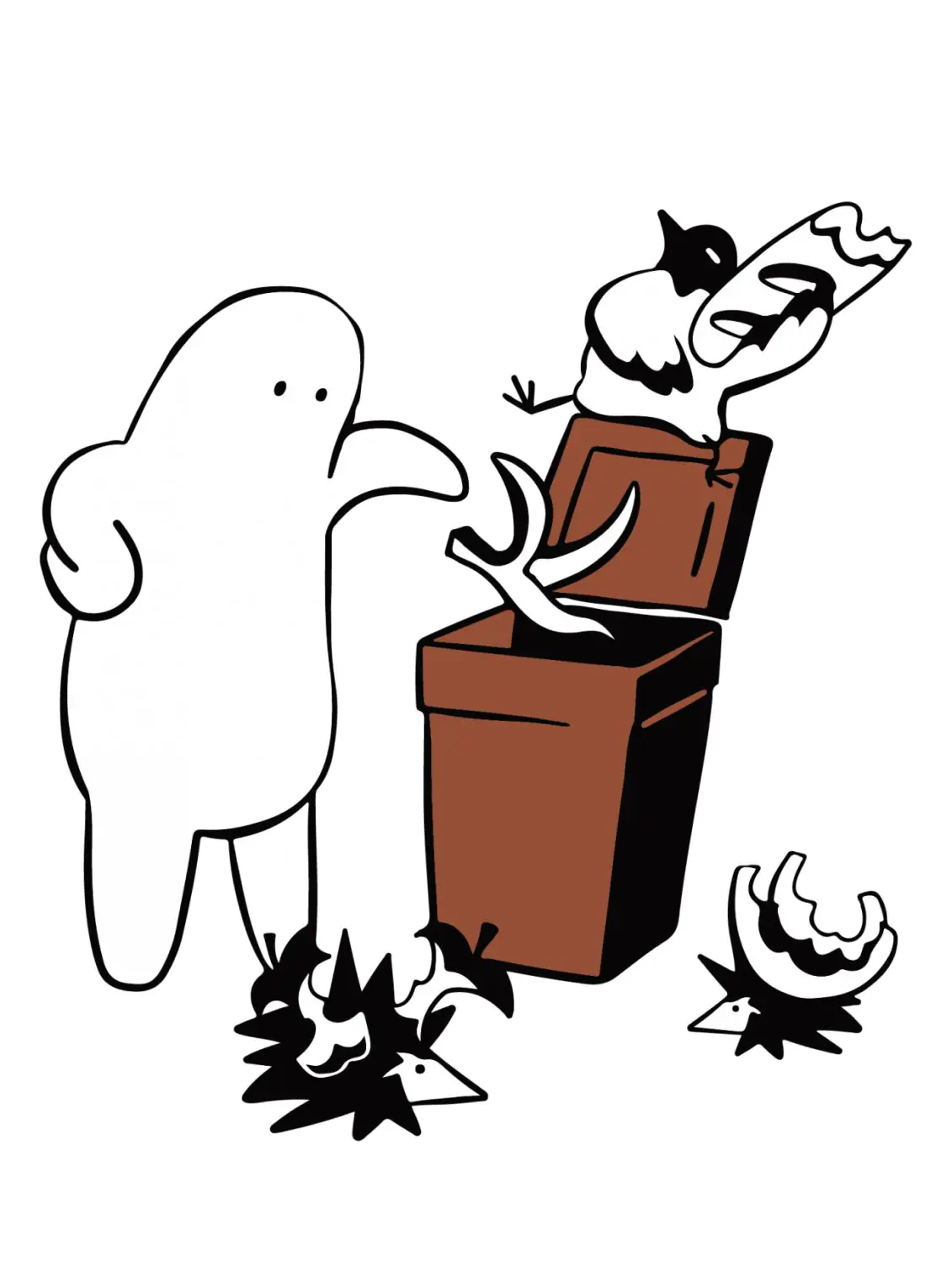
What you CAN throw away in the brown bin
- Fruit and vegetable leftovers
- Meat and fish waste
- Cereal products and bread (without packaging)
- Eggshells
- Coffee grounds and tea
- Cheese, cottage cheese and other solid dairy products
- Plants and trees no more than half a metre high, small branches
What you SHOULD NOT throw away in the brown bin
- Liquids, including soap-based liquids
- Soups, sauces and oils
- Any packaging, including bio-film/cellophane
- Stones and fertiliser for the garden (to be disposedin the unsorted waste)
- Pet toilet litter and pet waste
- Cinders, barbecue charcoal, cigarettes and ashes
- Hay, manure and other materials that are used in agriculture
- Large branches
- Nappies and other hygiene items (please dispose of them in the unsorted waste)
What’s important to know
- Thuja branches should not be disposed of as bio-waste. The decomposition time of the needle of this tree is much longer than that of other bio-waste because they are resistant to moisture. Therefore, thuja in bio-waste makes the management of recycling processes much more difficult.
- It might seem that paper mixed with bio-waste will not harm the decomposition process, but this is not the case. Paper napkins and wet wipes take much longer to decompose than bio-waste. Therefore, leaving paper packaging behind should not be allowed. Only paper that can be thrown in a bio container is the paper bag (unglossed, unlaminated, unbleached) in which you throw out your bio waste.
- Bio-waste can be thrown in the brown container in three ways – without any bag (pouring waste straight into the container), in a paper bag, or in a certified biodegradable bag.
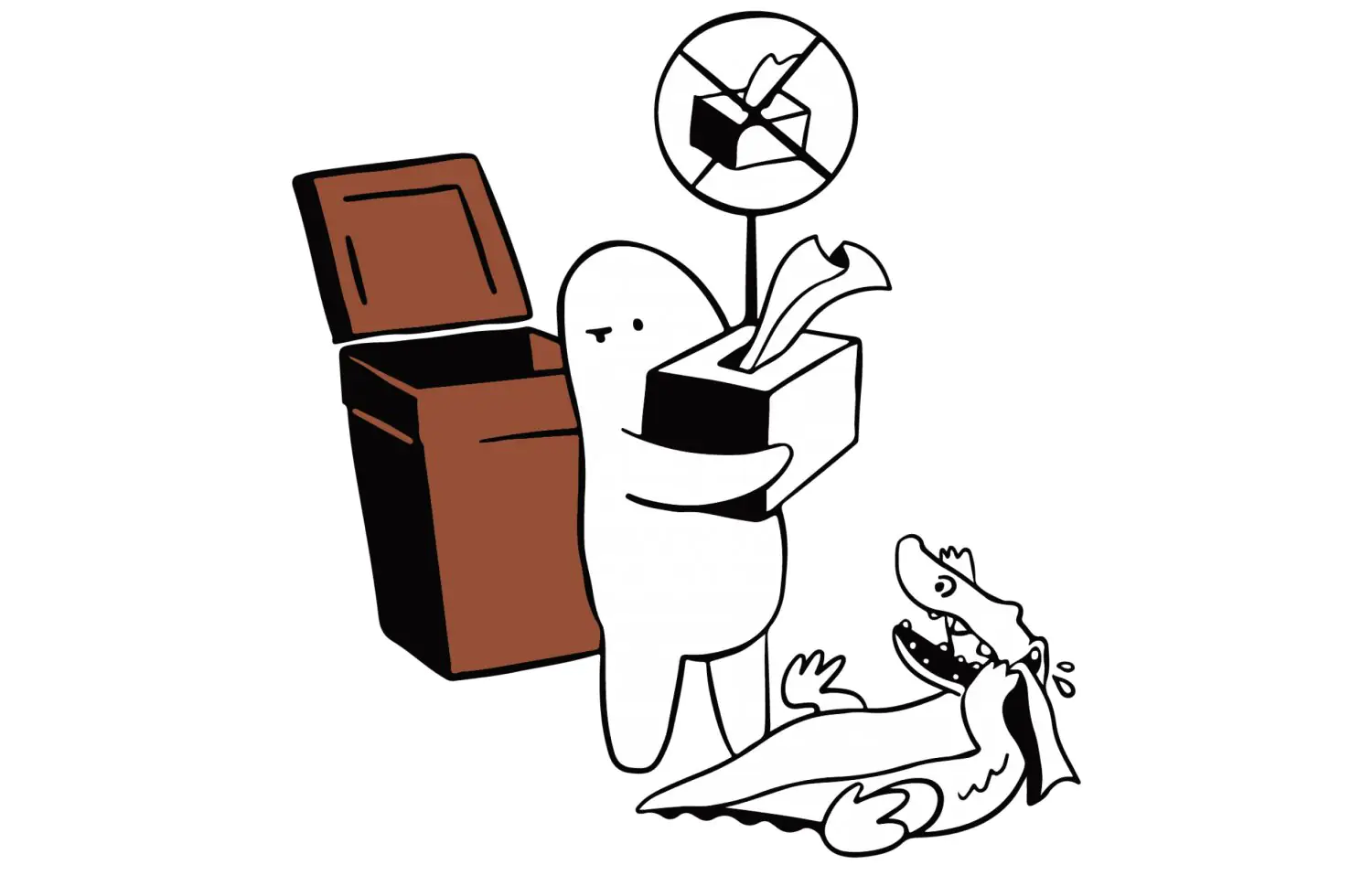
Plastic, metal, paper
It is important to dispose of only dry, clean plastic, cardboard or metal – you have to rinse off any food residue and other contaminants. Any bottles, boxes and cans should be compressed so that they take up less space. It is recommended to remove the lids from plastic bottles.
What plastics CAN be thrown away in the yellow bin
- Bottles and containers: ordinary PET beverage bottles, bottles from detergents, shampoos, and cosmetics, containers from yoghurt and other dairy products
- Plastic bags and films: clean plastic bags and film from packaging. Including frozen food packaging and fruit “netting”.
- Other plastic products: tableware, bottle caps and stoppers
What metal CAN you throw away in the yellow bin
- Cans and lids: aluminium beverage cans, tin cans, metal bottle caps
- Foil and containers: aluminium foil, aluminium food containers
What paper you CAN throw away in the yellow bin
- Newspapers and magazines
- Boxes and packaging materials, plates
- Towels and napkins
- Paper bags
- Paper waste from the office, including office paper
- Cardboard
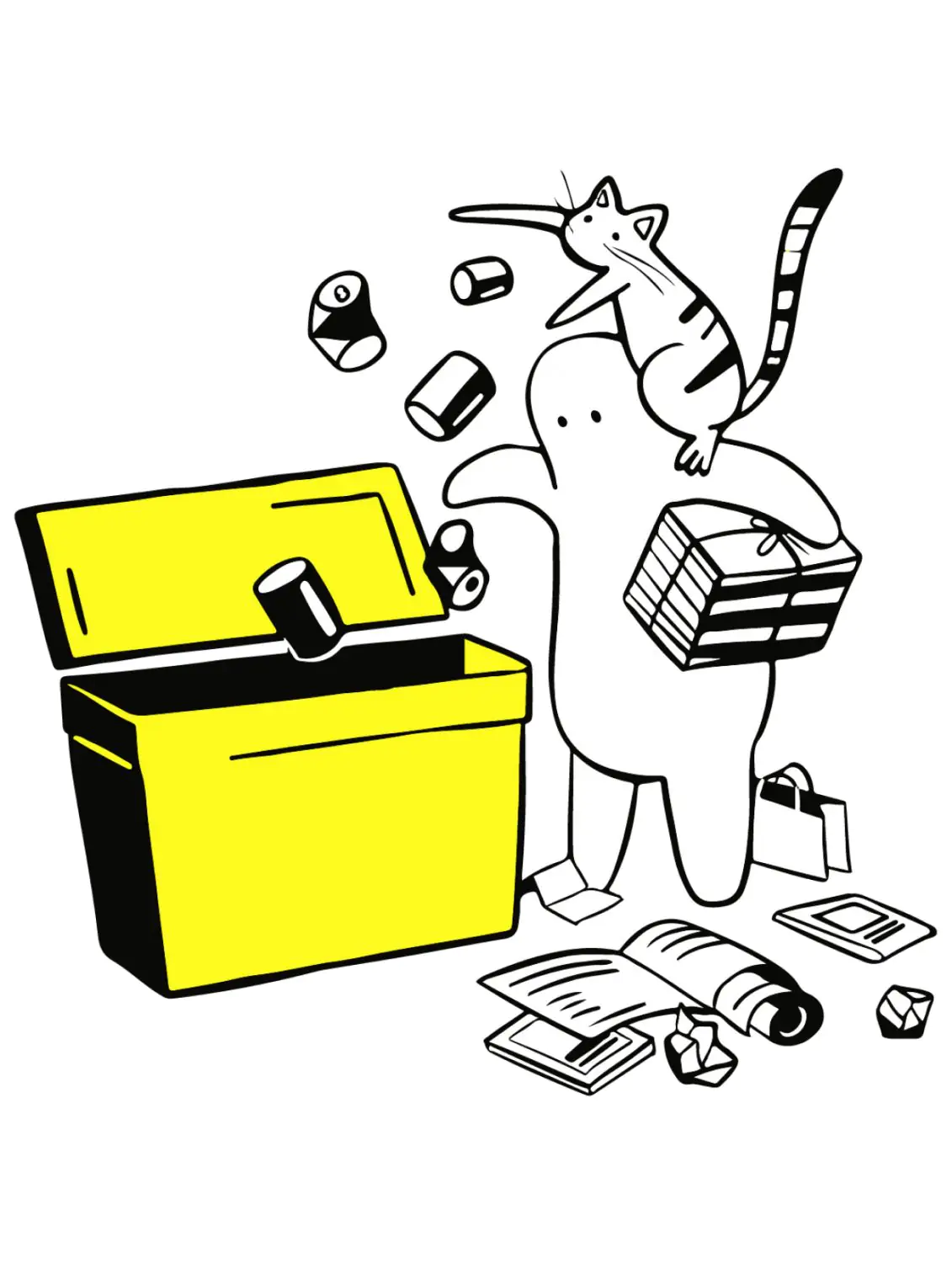
What you SHOULD NOT throw away in the yellow bin
- Containers with food or grease residues
- Combination packs consisting of several layers of materials
- Disposable medical devices (gloves, masks)
- Laminated paper and packaging (please dispose it in the unsorted waste)
- Paint tubes and toothpaste tubes (please dispose it in the unsorted waste)
- Batteries and lamps
What’s important to know
- Disposable tableware usually cannot be recycled because it is usually thrown away with leftovers. So (please dispose of it in the unsorted waste).
- In Latvia it is possible to throw Tetra pak packaging (popularly used milk and juice cartons) in the yellow container.
- Hairspray bottles and similar bottles should be disposed of in the household waste container, as the material in these bottles is pressurised and may contain corrosive substances that prevent it from being recycled.
- Wax-coated paper, such as paper cups for hot drinks, is generally not recyclable due to the difficulty of removing the wax during the recycling process.
- Very finely cut paper (such paper, for example, often protects your parcels) should not be thrown into this container: it mixes with other rubbish and pieces of paper can also get stuck in the sorting mechanisms. The paper after the shredder should be thrown into general waste (green container).
- Pizza boxes can be disposed of in the light packaging container if they are free of significant dirt and moisture. However, if the cardboard has become wet, greasy or dirty, the box should be disposed of in the household waste container.
- Cheques, receipts and similar financial documents can be thrown in this bin. However, we advise you to make sure that the documents do not contain confidential data. Otherwise, shred such cheques and dispose of them in the household waste bin.
- Do not throw away used or expired medicines—they should be returned to the pharmacy.
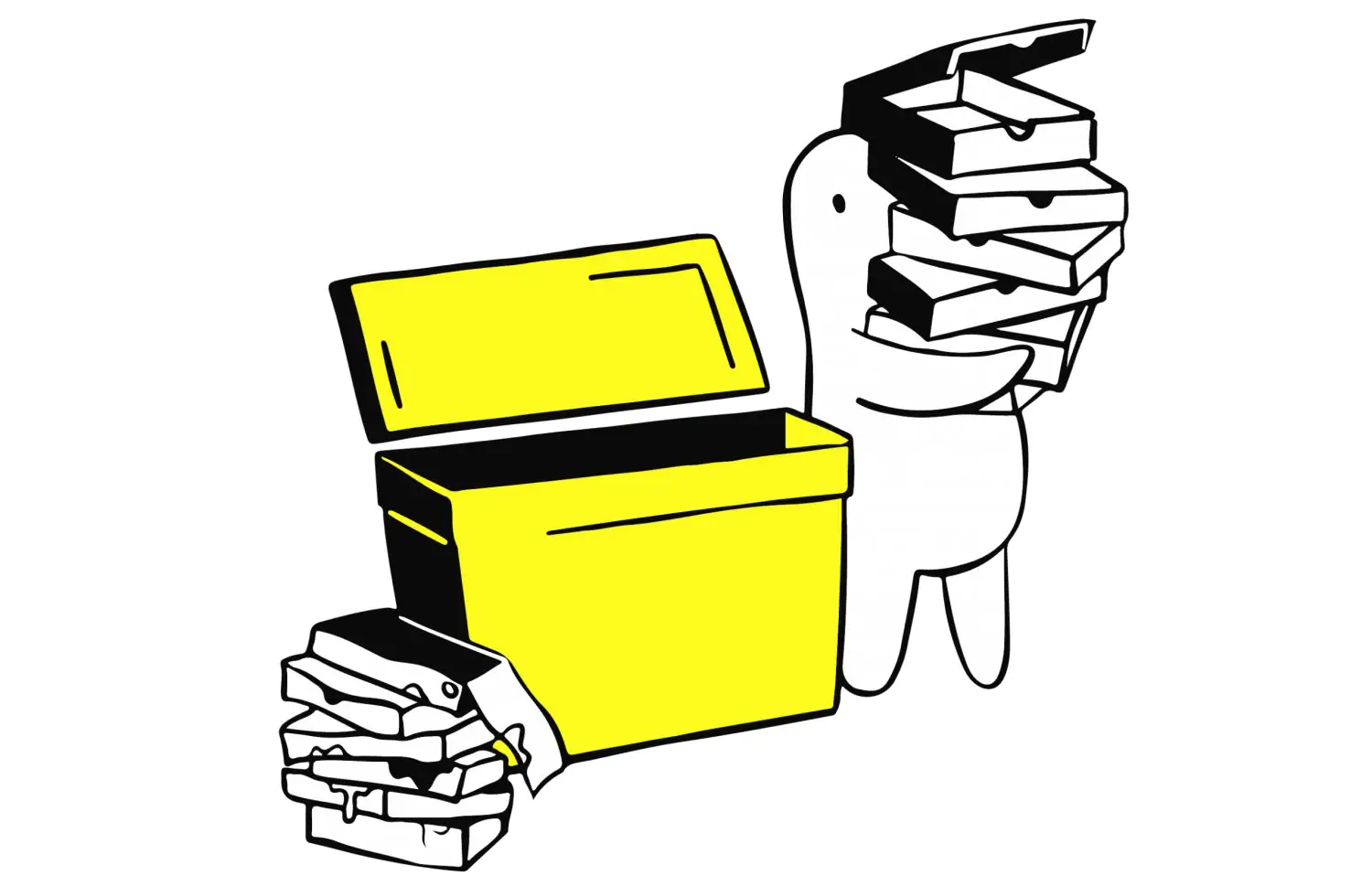
Glass
Glass containers should also be clean and dry. Remove the cap or cork before discarding the bottle or jar.
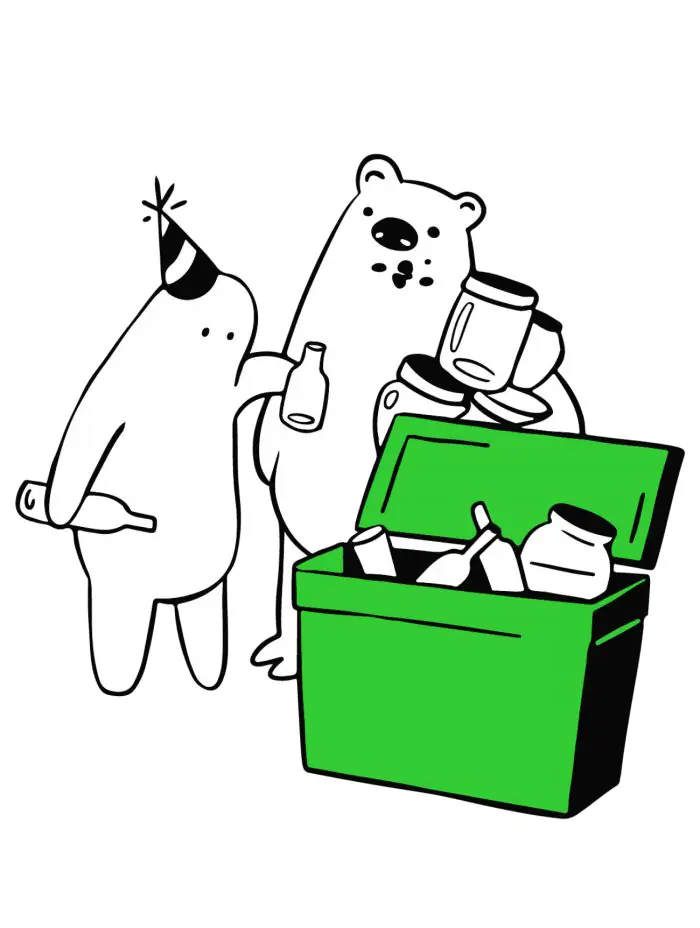
What kind of glass you CAN put in the green container
- Bottles and jars: used for beverages, preserved products.
What glass you SHOULD NOT put in the green container
- Mirrors, glass plates and glass for cars
- Glassware with metal or plastic elements
- Glass contaminated with chemicals (paint, varnish, glue, etc.)
- Glassware: mugs, plates, cups and other glassware
- Window glass
What’s important to know
- Broken mirrors should be disposed of in the general waste container and not in the glass recycling container. This is because the glass recycling process involves handling large and uniform pieces of glass rather than shards, which can be hazardous to equipment and recycling personnel.
- Furniture and picture frame glass, crockery, window glass or perfume bottles should not be disposed of in the glass container. They contain additives that make the glass stronger and clearer, making it harder to recycle. Perfume bottles should be disposed of in the household waste bin.
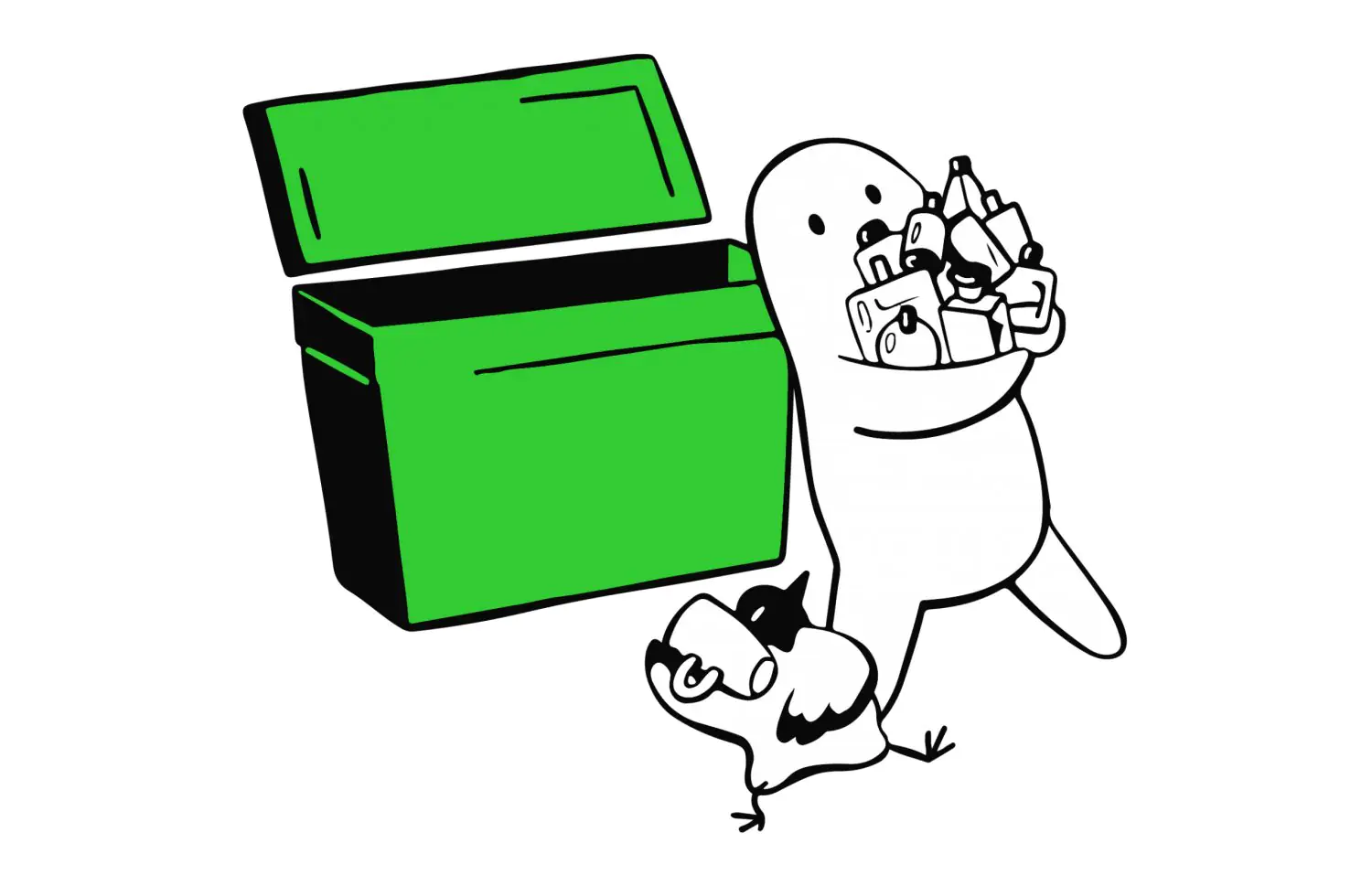
Other waste
Bulky waste
Bulky waste must not be thrown into any of the bins and must be organised yourself: talk to your building manager or hire a contractor if you live in a private house. There are special places in the city for the collection of bulky waste and kitchen appliances.
Christmas trees are also considered bulky waste and should not be placed in household waste bins. In January and February, waste management companies organise special campaigns for the removal of Christmas trees.
Personal effects, clothes and shoes
In different parts of the city you can see containers for personal belongings and clothes. Not only clothes and shoes, but also bags, bed linen, curtains, jewellery and small rugs can be thrown away in them. Before handing in old items to a collection point, make sure that they are in an acceptable condition for further use or recycling.
There are also several organisations in Latvia that collect and recycle various types of waste, including clothing and textiles. One of the leading such organisations in Latvia is Latvijas Zaļais punkts. Detailed information on how to recycle old clothes can be found on their website.
However, worn-out clothes and shoes have to be thrown into general waste container.
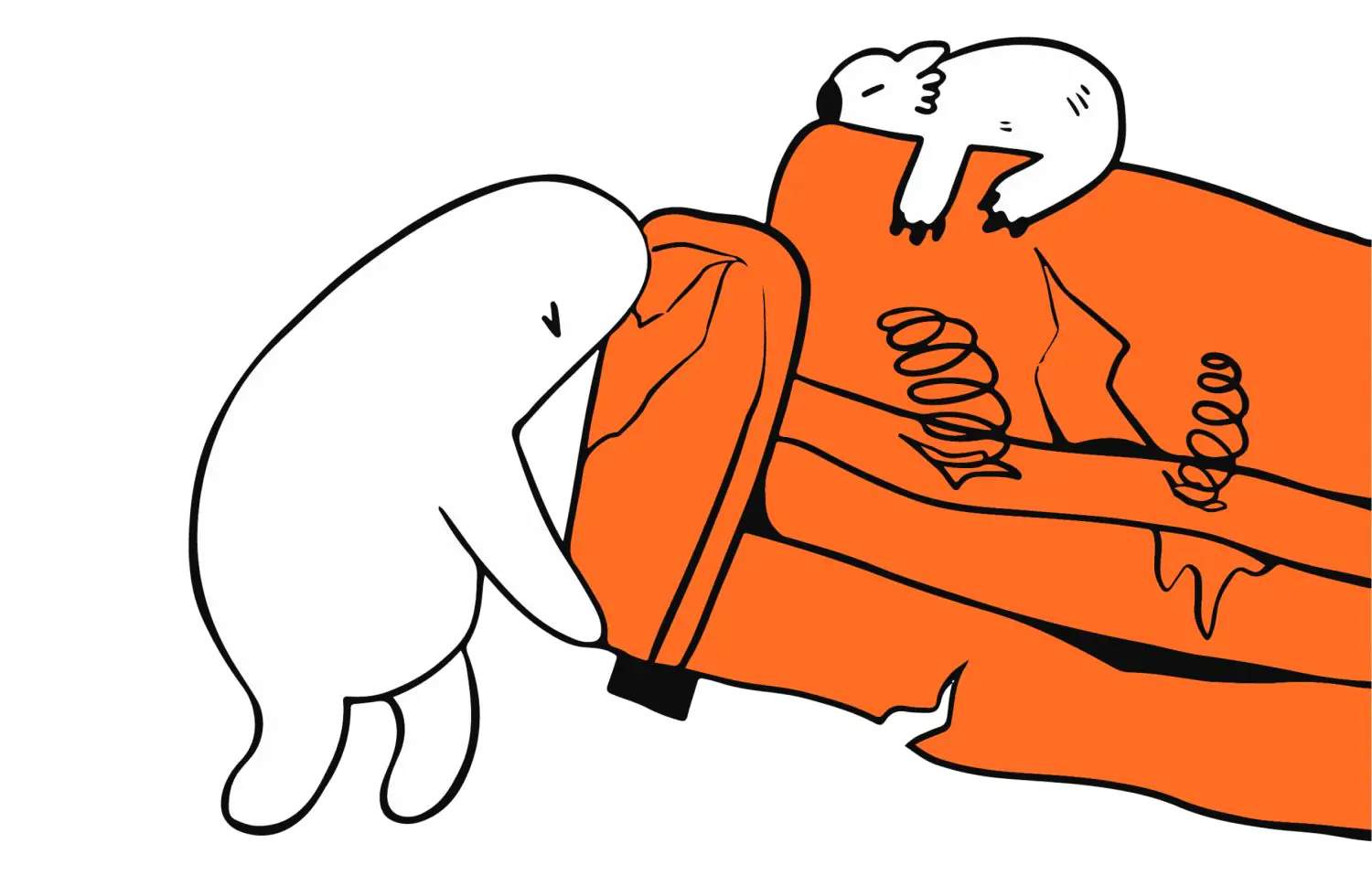
Information from www.riga.lv was used in preparation of this material.


